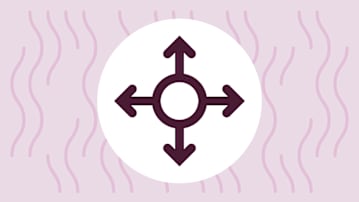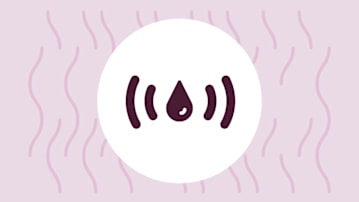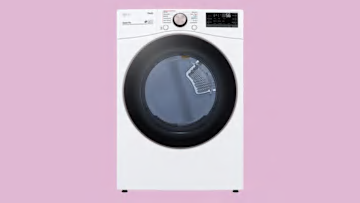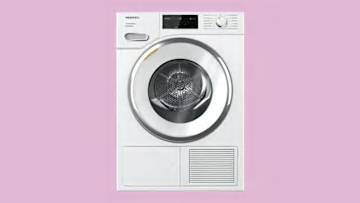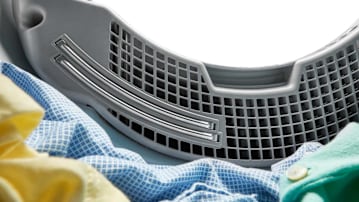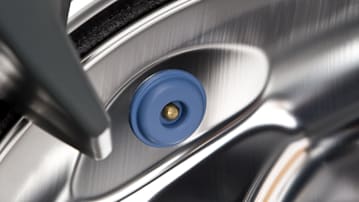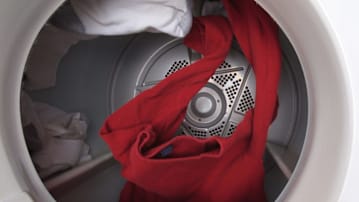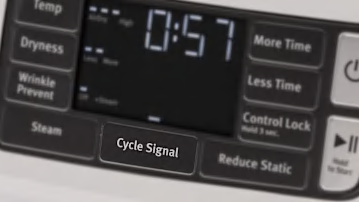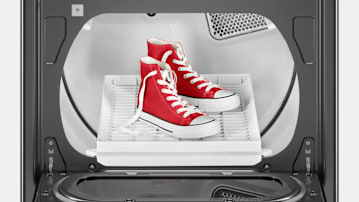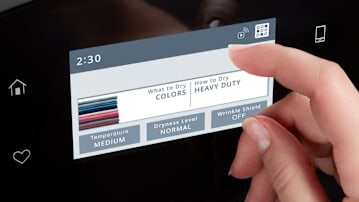Best Clothes Dryers
Most Popular
Choose the Right Clothes Dryer for Your Laundry Needs
Clothes dryers have one job: to efficiently dry wet clothes. Many dryers accomplish this, but they’re not all created equal. Our comprehensive guide will help you choose the best one for your household and budget.
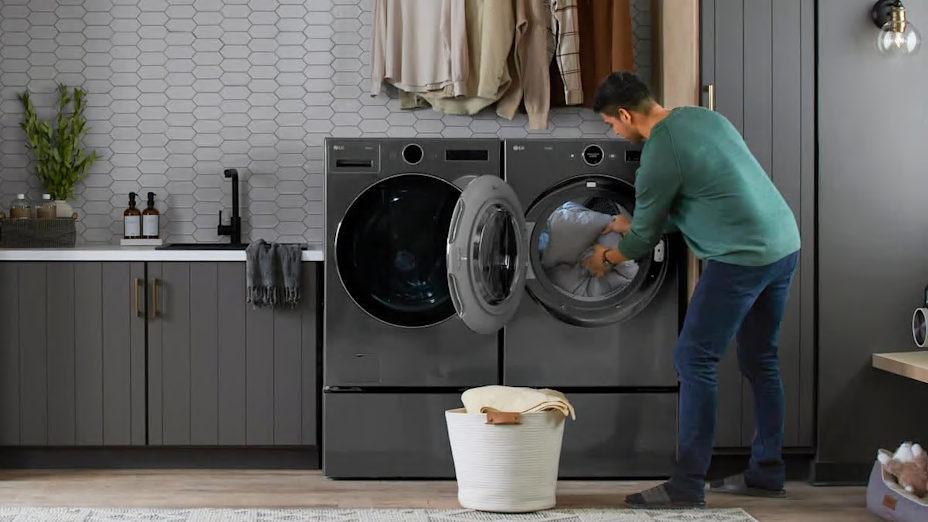
Photo: LG

Home & Appliances Writer
Top Clothes Dryers Questions
What makes a good clothes dryer?
-
Powerful drying performance
Illustration: Consumer ReportsA good clothes dryer dries a variety of load sizes and fabric mixes very well. We score dryers based on three different types of loads: heavy cottons, including jeans and towels; a mixed load of cotton and polyester blends; and a small load of delicate synthetics.
-
Sufficient capacity
Illustration: Consumer ReportsChoose a dryer with enough capacity to handle your largest wash load. The more room a dryer has to circulate and heat wet clothes, the more effectively it will dry them.
-
Moisture sensor
Illustration: Consumer ReportsDryers with moisture sensors detect when a load is dry so that they can turn off at the appropriate time, saving energy and preventing fabrics from overdrying. Typically, the highest-rated dryers in our ratings have a moisture sensor; the worst-performing dryers don't.
-
Quiet operation
Illustration: Consumer ReportsA good dryer will tumble steadily without creating a lot of noise. The loudest sound you should hear from it is the bell or buzzer that alerts you that a load is finished.
-
Convenience
Illustration: Consumer ReportsThe best dryers are easy to load and unload, and offer ergonomic controls; an accessible, easy-to-clean lint filter; and cycles that complement those on their matching washer.
-
Reliability
Illustration: Consumer ReportsWe survey CR members annually about the reliability of their dryers, any problems they’ve had with them, and whether they would recommend the brand they own to friends and family. For more, read our guide to the most reliable clothes dryer brands.
Which type of clothes dryer should I choose?
-
Electric Dryers
price $430-$2,000width 27-plus inchespower source 240-volt outletwhat to knowElectric Dryers Ratings- Most popular solution for most homes
- Wide range of price options
- Can cost more to operate than gas dryers based on the price of electricity
-
Gas Dryers
price $530-$2,050width 27-plus inchespower source 120-volt outlet plus gas linewhat to knowGas Dryers Ratings- Comparable in performance to electric dryers
- Can cost less to operate where gas is cheaper than electricity
- Slightly higher in price than electric models
-
Compact Dryers
price $730 to $1,850width 24 inchespower source 240-volt outletwhat to knowCompact Dryers Ratings- Better fit for small spaces
- Typically ventless, energy-efficient, and stackable with compatible washer
- Smaller drums mean smaller loads
-
All-in-One Washer-Dryer Combos
price $1,390-$2,100width 27 to 28 inchespower source 120-volt outletwhat to knowAll-in-One Washer-Dryer Combos Ratings- Washes and dries clothes in the same drum
- Excellent energy and water efficiency
- Pricey
- Exceedingly long drying times
What is a ventless dryer?
Conventional dryers use an electric heating element or gas flame to heat air that circulates around clothes as they tumble in the drum, then expel the moisture-laden air outside through an exhaust vent. Ventless dryers use either condensing or heat pump technology to dry clothes. They don’t require an exhaust vent but do require a reservoir or drain to remove moisture extracted from wet laundry. Both are more energy-efficient than conventional dryers but take longer to dry clothes. Some ventless hybrid dryers have a heating element to supplement the heat pump for quicker drying.
How do I choose the best dryer for my laundry space?
-
Standard full-sized dryers are 27 inches wide, but those with higher capacities may be 2 to 3 inches wider.
-
Allow at least 6 inches behind the dryer for venting and about an inch between the washer and dryer.
-
Remember to account for any baseboards and trim when measuring.
-
Note the machine’s height and the location of its controls if you intend to place it under a counter. All-in-one washer-dryer combos, for example, can be up to 47 inches tall.
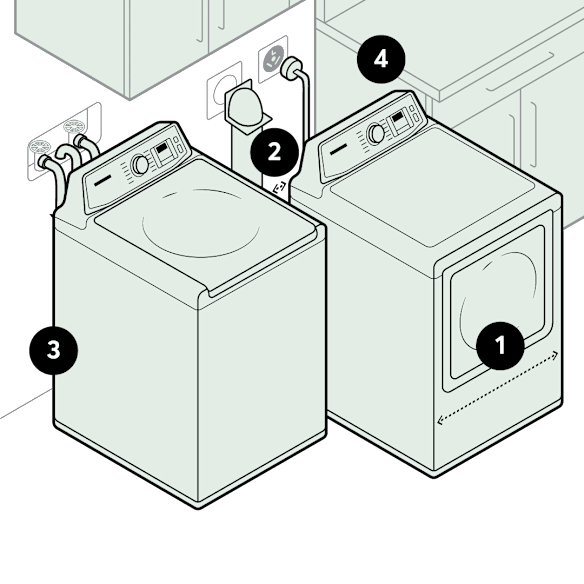
Should I buy a washer and dryer together?
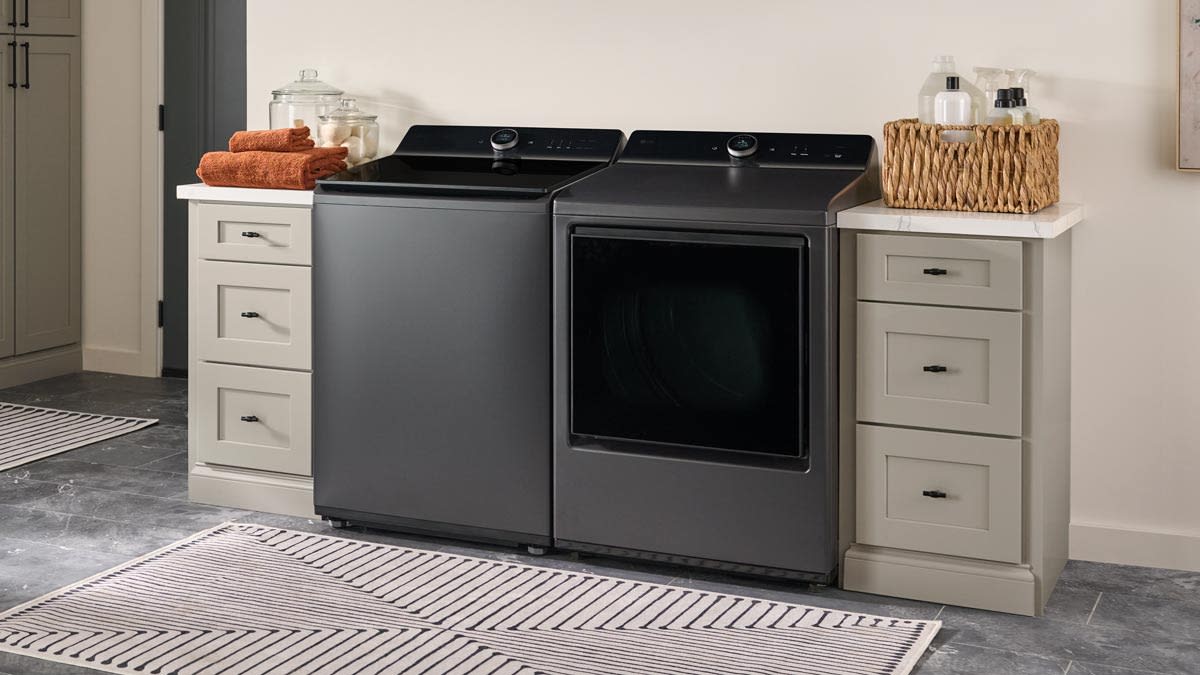
Photo: LG
Compatibility can also include the ability to stack the two machines using specialized hardware. You’re likely to save hundreds of dollars buying both machines in a package bundle deal from manufacturers or retailers.
Whether you opt for a manufacturer’s set or create your own pair, we recommend choosing your washer first. Washers offer a wider variety of features, and there are more washer models to choose from than dryer models. In our ratings, you can look at the combined performance of 75 washer-dryer pairs to see which adds up to a match made in heaven.
What makes a dryer a CR Green Choice?
Energy efficiency
Green Choice dryers use on average 1.9 kilowatt-hours of energy per load (about 31 cents’ worth of electricity).
Interior materials
Clothes dryers manufactured with durable and recyclable materials, like stainless steel drums, have less impact on the environment.

Brand reliability
CR’s annual member survey reveals which brands produce clothes dryers that are most likely to last longer and require less frequent replacement and maintenance.
Shipping footprint
We calculate a clothes dryer's carbon footprint using its weight, dimensions, and country of origin, and factor that into its Green Choice score.
Price and warranty
The cost of a dryer and the length of its warranty—which you can find in our clothes dryer ratings—are also factored into its Green Choice score.
What are some helpful clothes dryer features?
-
Moisture sensor
Photo: AmanaMoisture sensors detect how damp clothes are and shut off the machine when they are dry. This saves energy and keeps clothes from overdrying. They’re more accurate than thermostats, which tend to let the dryer run longer.
-
Steam cycle
Photo: Consumer ReportsSome dryers have a steam option that sprays hot, moist air into the drum, penetrating fabrics to refresh, soften, de-wrinkle, deodorize, or de-static clothes. Some steam cycles offer a deep-clean hygiene setting designed to eliminate germs and bacteria.
-
Extended tumble
Photo: Getty ImagesCan’t get to the dryer as soon as your laundry is done? The extended tumble setting reduces wrinkles by intermittently tumbling clothes for several hours.
-
End-of-cycle signal
Photo: Consumer ReportsA snappy tune or string of beeps alerts you that it’s time to take your laundry out of the dryer. Leaving it there long after the cycle is over will result in more wrinkles and more time ironing. Some signals can be turned off or the volume can be lowered so that the sound won’t disturb sleepers.
-
Drying rack
Photo: WhirlpoolSome dryers offer an insertable drying rack for items like sweaters, toys, and sneakers that are better not tumbled. The rack snaps into the dryer drum, and items can be dried on top of it using a specific rack-dry cycle.
-
Auto-dry cycles
Photo: WhirlpoolNo more guessing how much time is needed to dry your laundry. Instead of timed dry cycles, auto-dry cycles offer settings of “less dry” (for damp ironing) to “more dry,” as well as points in between.

















